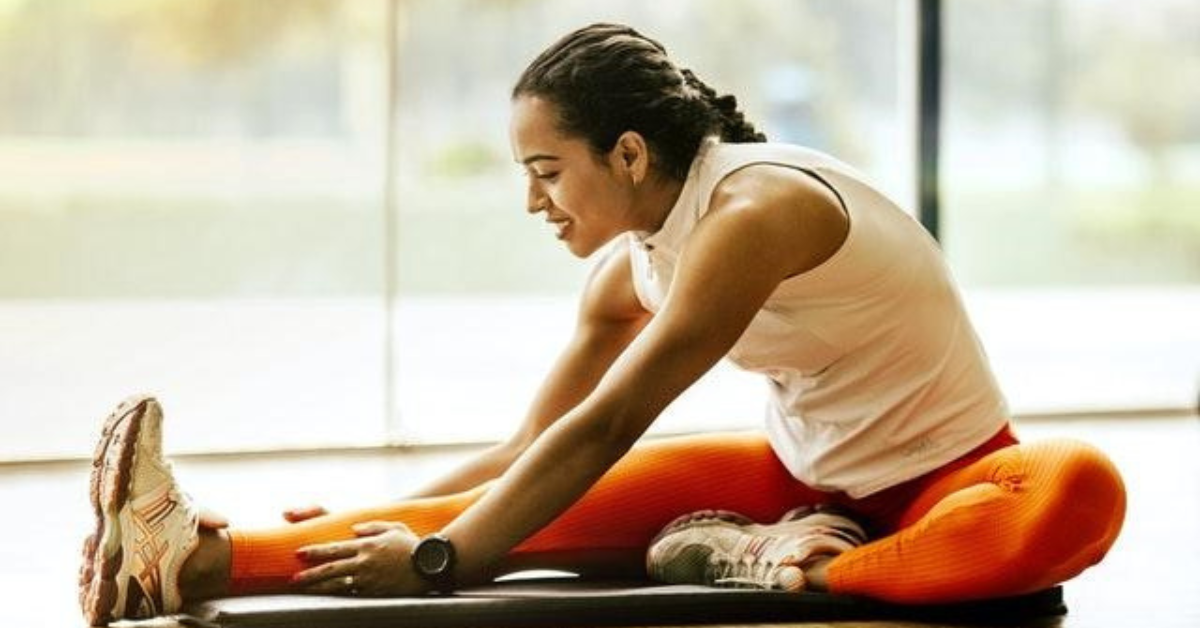
Running is one of the most popular forms of exercise worldwide, offering numerous physical and mental health benefits. However, like any physical activity, it requires proper technique, preparation, and care to maximize its benefits and avoid injuries. Whether you’re a beginner or a seasoned marathoner, the following tips will help you run smarter, safer, and more effectively.
1. Start with Proper Warm-Up and Cool-Down
Why It’s Important:
A good warm-up prepares your body for physical activity by increasing blood flow to your muscles and improving flexibility. Similarly, a proper cool-down helps your body recover and reduces the risk of stiffness or soreness.
Tips:
- Spend 5-10 minutes doing light cardio, such as walking or dynamic stretches, before running.
- Incorporate static stretches post-run, focusing on major muscle groups like calves, hamstrings, and quads.
- Gradually reduce your running pace toward the end of your session to help your heart rate return to normal.
2. Invest in the Right Running Shoes
Why It’s Important:
The right pair of shoes can prevent injuries, improve performance, and make running more comfortable.
Tips:
- Visit a specialty store for a gait analysis to determine the best shoes for your foot type.
- Replace your running shoes every 300-500 miles to maintain proper cushioning and support.
- Choose shoes that match your running terrain (e.g., trail running, road running).
3. Build Gradually to Avoid Overuse Injuries
Why It’s Important:
Sudden increases in distance or intensity can lead to overuse injuries such as shin splints, stress fractures, or tendonitis.
Tips:
- Follow the “10% Rule”: Increase your weekly mileage by no more than 10%.
- Alternate between running and cross-training activities like swimming or cycling to reduce strain on your body.
- Listen to your body and rest if you feel pain or fatigue.
4. Stay Hydrated and Fuel Properly
Why It’s Important:
Proper hydration and nutrition are crucial for performance and recovery.
Tips:
- Drink water before, during, and after your run. For longer runs, consider electrolyte drinks.
- Eat a balanced meal or snack 1-2 hours before running to fuel your energy levels.
- Include complex carbohydrates, lean protein, and healthy fats in your diet to support your training.
5. Focus on Proper Running Form
Why It’s Important:
Good form minimizes energy expenditure and reduces the risk of injuries.
Tips:
- Keep your posture upright and relaxed, with your head up and shoulders down.
- Land softly on your midfoot and avoid overstriding.
- Maintain a consistent cadence and avoid bouncing or excessive vertical movement.
6. Plan Your Runs Strategically
Why It’s Important:
A well-structured running plan ensures steady progress and prevents burnout.
Tips:
- Set specific goals, such as improving your 5K time or completing a marathon.
- Include a mix of easy runs, speed workouts, and long runs in your weekly routine.
- Schedule rest or recovery days to allow your muscles to repair and grow stronger.
7. Stay Motivated and Consistent
Why It’s Important:
Consistency is the key to long-term improvement and maintaining a healthy running habit.
Tips:
- Find a running partner or join a local running group for support and camaraderie.
- Track your progress with a running app or journal to stay motivated.
- Reward yourself for achieving milestones, such as completing your first race or hitting a personal best.
8. Listen to Your Body
Why It’s Important:
Ignoring warning signs can lead to serious injuries or burnout.
Tips:
- Pay attention to pain, fatigue, or discomfort, and adjust your training accordingly.
- Don’t push through injuries; seek professional advice if needed.
- Prioritize rest and recovery as an essential part of your training plan.
9. Dress Appropriately for Weather Conditions
Why It’s Important:
Wearing the right gear can enhance comfort and safety during your runs.
Tips:
- In hot weather, wear light, moisture-wicking clothing and apply sunscreen.
- In cold weather, dress in layers and wear gloves or a hat to retain warmth.
- Choose reflective gear or carry a light if running in low-light conditions.
10. Enjoy the Journey
Why It’s Important:
Running should be a rewarding and enjoyable experience, not just a means to an end.
Tips:
- Explore new routes to keep your runs exciting.
- Participate in local races or charity runs to stay engaged and motivated.
- Celebrate your achievements, no matter how small, and keep challenging yourself.
Conclusion
Running is a fantastic way to improve your physical fitness, mental health, and overall well-being. By following these tips for runners, you can enhance your performance, avoid injuries, and make running a sustainable part of your lifestyle.
Remember, every runner’s journey is unique. Stay consistent, listen to your body, and most importantly, enjoy every step along the way.




